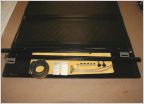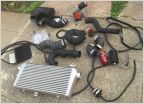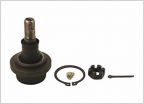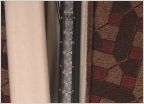-
Welcome to Tacoma World!
You are currently viewing as a guest! To get full-access, you need to register for a FREE account.
As a registered member, you’ll be able to:- Participate in all Tacoma discussion topics
- Communicate privately with other Tacoma owners from around the world
- Post your own photos in our Members Gallery
- Access all special features of the site
NST manifold spacer!!!
Discussion in '2nd Gen Tacoma Parts Marketplace (2005-2015)' started by Super Werty, Jul 31, 2013.


 Totaled Canadian 2007 Tacoma - Part Out
Totaled Canadian 2007 Tacoma - Part Out Undercover Flex Tonneau and Short Bed OE Mat
Undercover Flex Tonneau and Short Bed OE Mat FOR SALE: URD MK3 Supercharger Kit and Coupe's 7qt Oil pan
FOR SALE: URD MK3 Supercharger Kit and Coupe's 7qt Oil pan WTB Ball joints from lower control arms
WTB Ball joints from lower control arms 20 inch single row led light bar
20 inch single row led light bar



































































